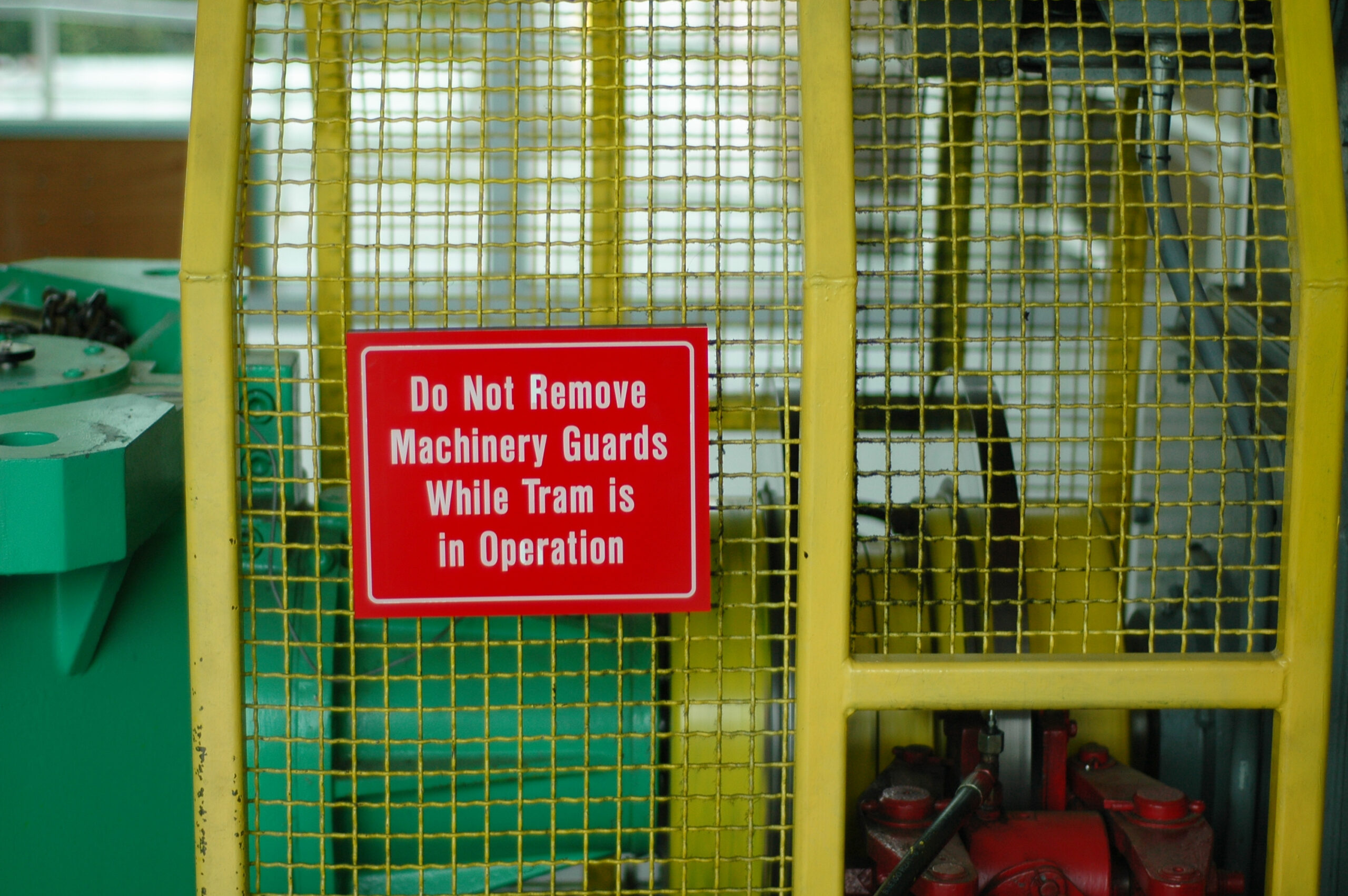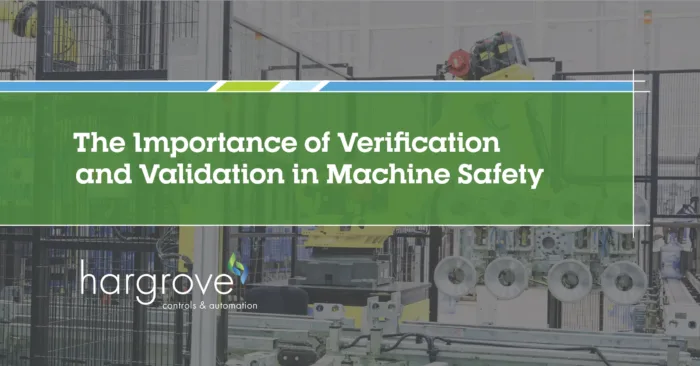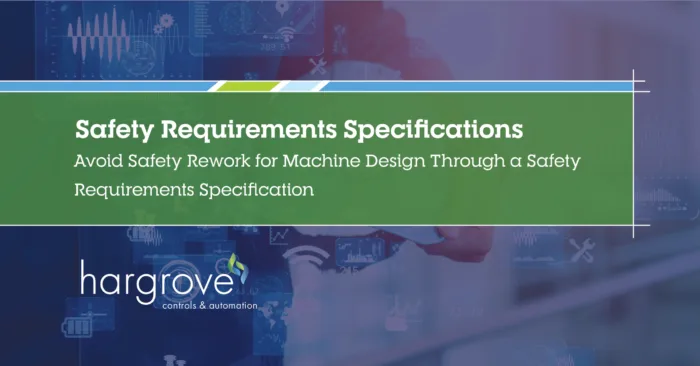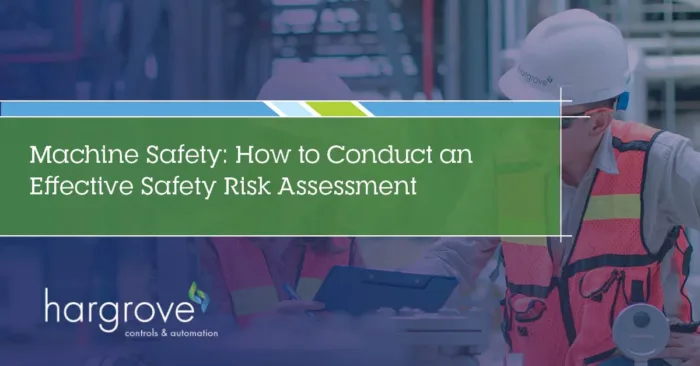the machine safety lifecycle
The ability to operate the machines and have the confidence of being safe opens the door for better operational metrics and control of your equipment. These benefits are measured in terms of increased efficiencies, less downtime, and reductions in safety-related incidents, all resulting in cost savings.
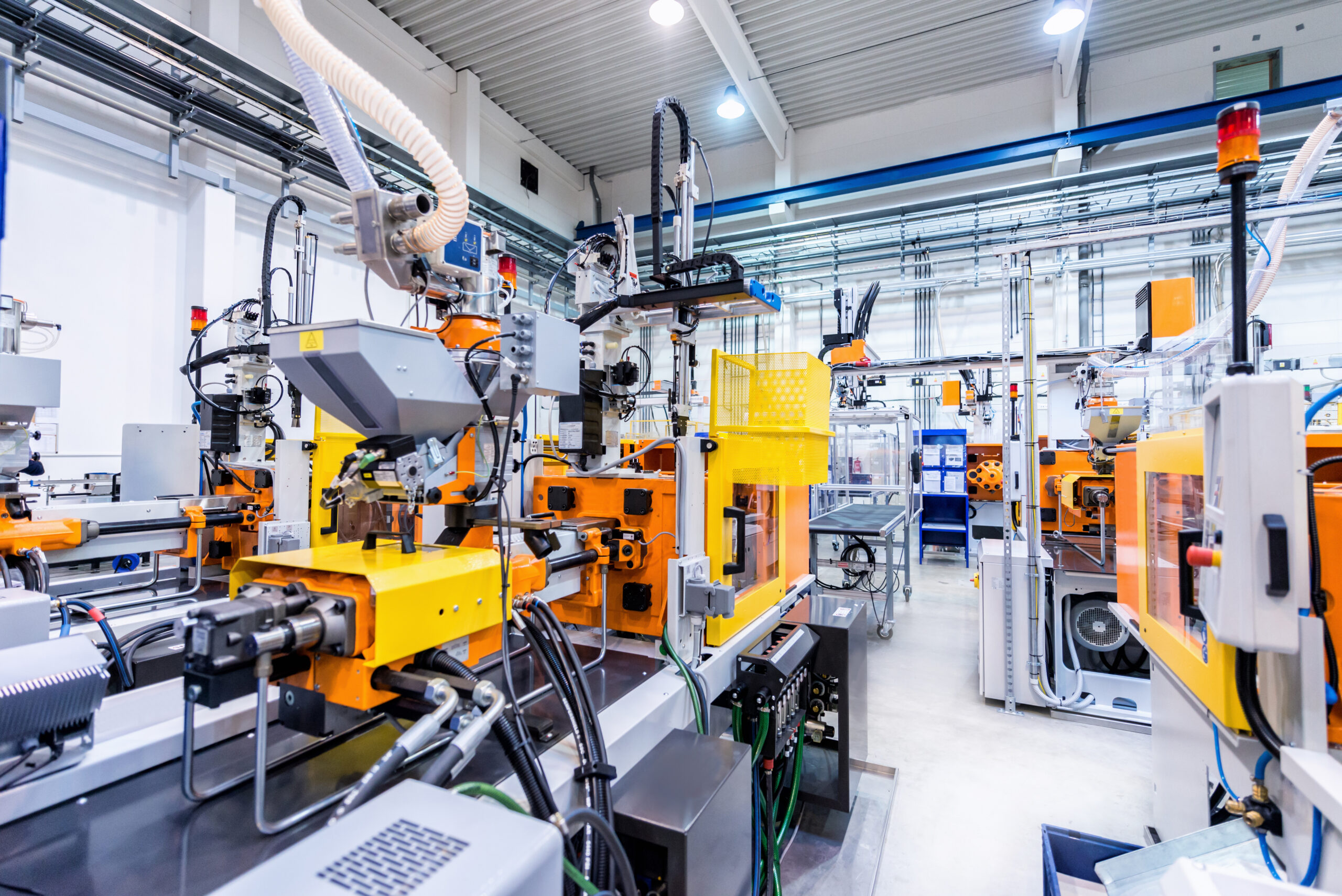
The Lifecycle of Machine Safety
Machines can function and be safe at the same time. This is called functional safety. In the past, ‘safe’ used to only mean ‘off’ or not functioning. Now, machines can function while maintaining a degree of safety.
Anyone can do what they think is best for safety, but how long will a machine be safe? Will it tolerate faults and still maintain a required level of safety? Will it alert you when it detects a fault in a safety component while it maintains safety?
Having a certified functional safety engineer build safety into your machines raises confidence levels and ensures you meet the OSHA requirements that require employers to provide a workplace free from serious recognized hazards.
We understand the need to protect your personnel. Our Team of TÜV Rheinland Functional Safety Engineers has the experience to help you mitigate risk and comply with OSHA standards to provide a safer working environment.
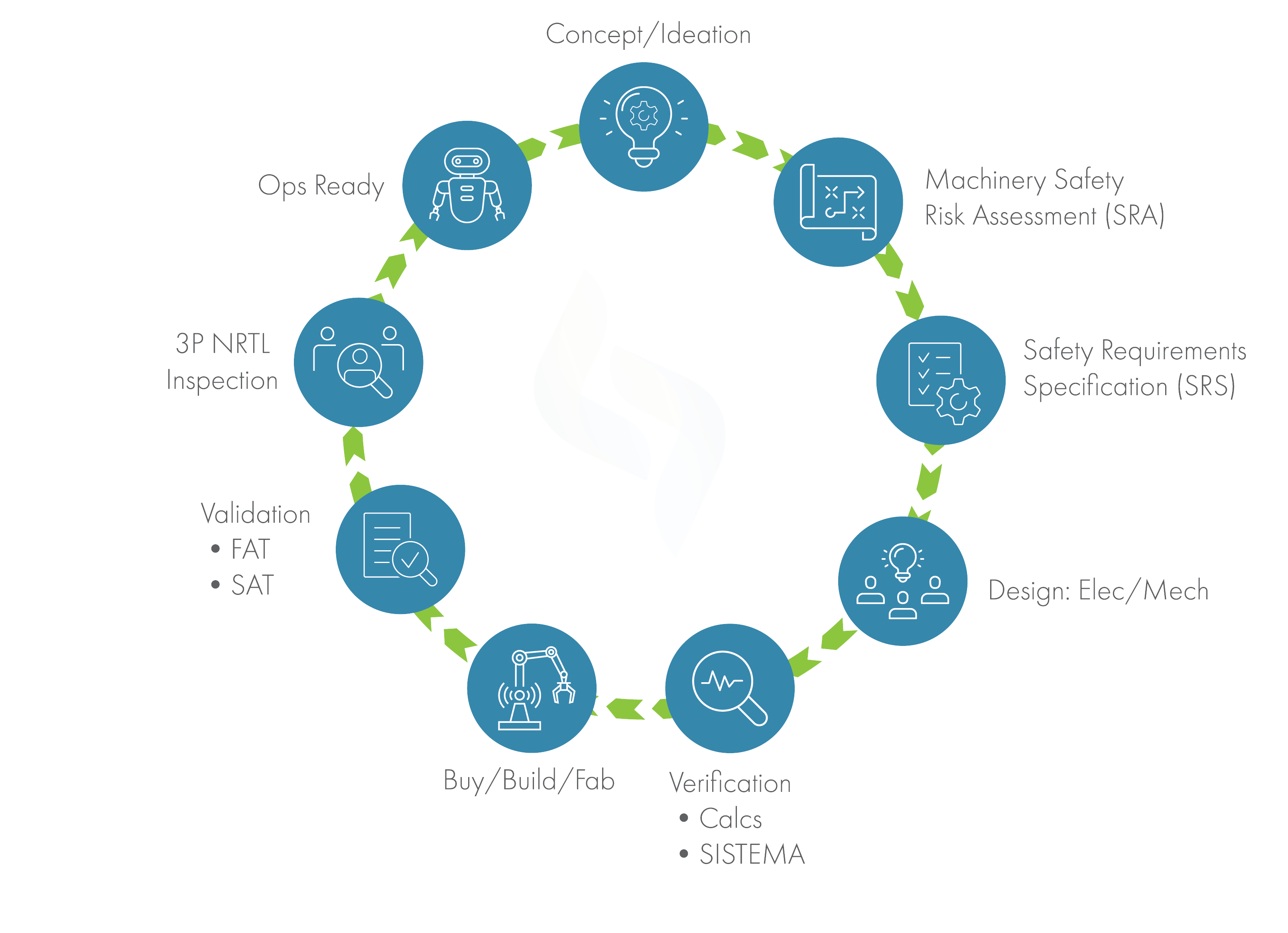
Machine Safety
Lifecycle
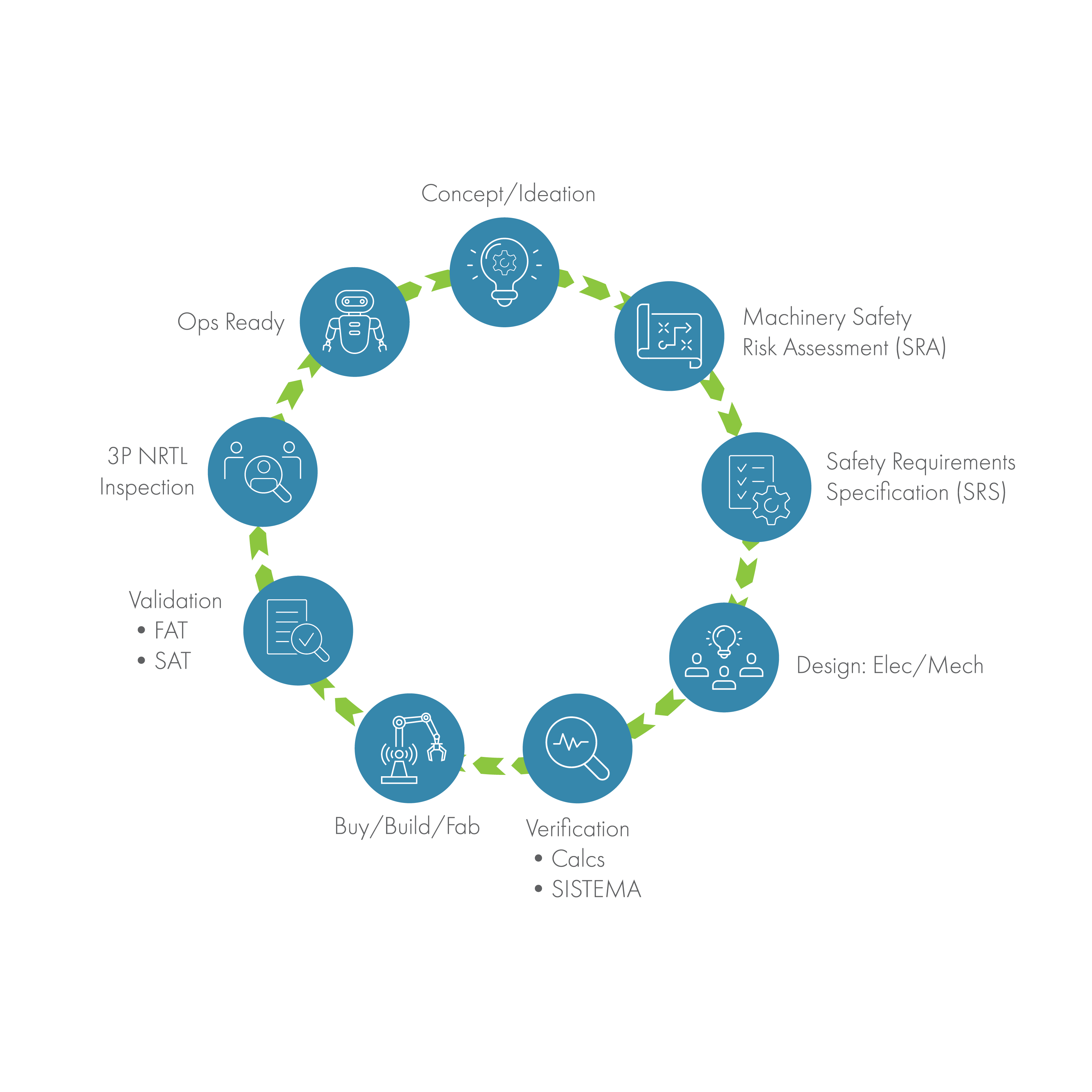
Stay Informed
Learn more about the different stages of the Machine Safety Lifecycle
The Importance of Verification and Validation in Machine Safety
In this final part of our machine safety series, we’re focusing on the verification and validation stages of the machine safety [...]
Avoid Safety Rework for Machine Design Through a Safety Requirements Specification
In the latest edition of our machine safety lifecycle series, learn what makes a good safety requirements specification (SRS) and how [...]
How to Conduct an Effective Machine Safety Risk Assessment
Imagine that in your manufacturing facility, a $30,000 machine with unforeseen safety hazards has caused injury to your personnel. To mitigate [...]
Hierarchy of Hazard Controls
Every task/hazard must be evaluated in relation to the Hierarchy of Hazard Controls.
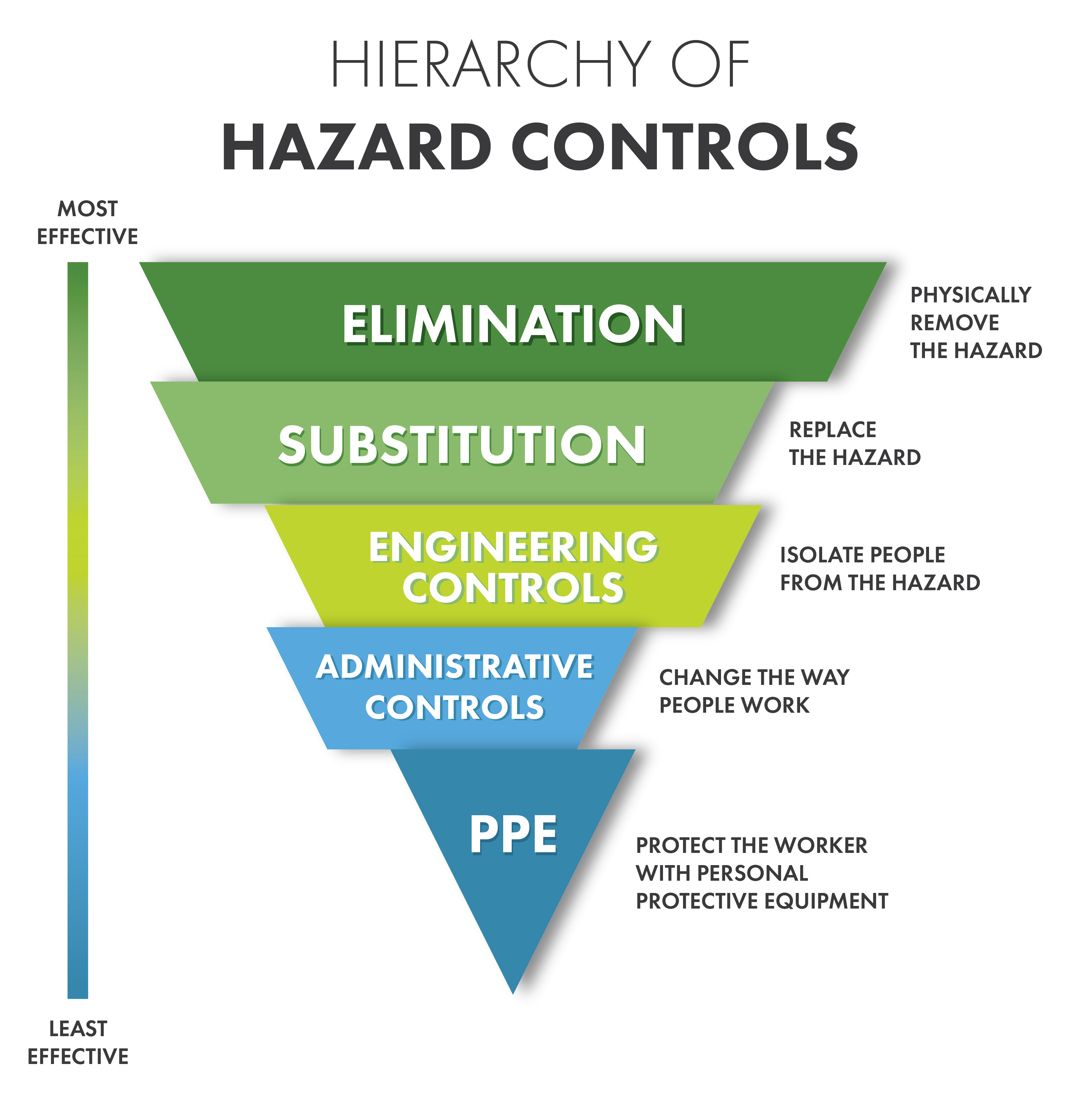

Subscribe to Our Newsletter
Stay up to date on the latest Hargrove News & Insights.
CONTACT US
We can help you maneuver through the Machine Safety Lifecycle to improve your Facility.
With Hargrove, you get the right experience from the right people in system integration working alongside you to meet and exceed your expectations. Working together as one team – that’s Hargrove.

